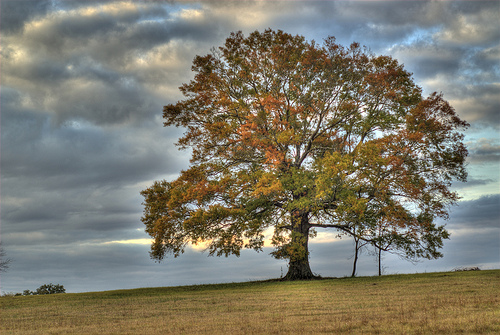
Every job is a self-portrait of the person who does it. Autograph your work with excellence. ~Author Unknown
Love all, trust a few, do wrong to none. ~William Shakespeare
It's discouraging to think how many people are shocked by honesty and how few by...

.jpg)














